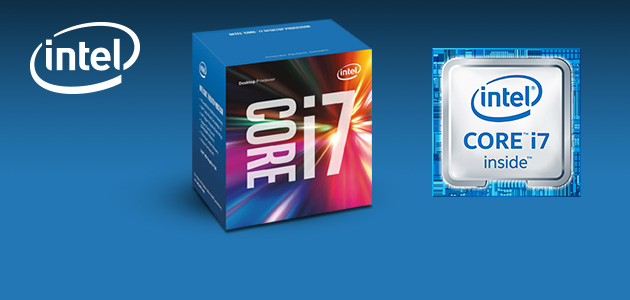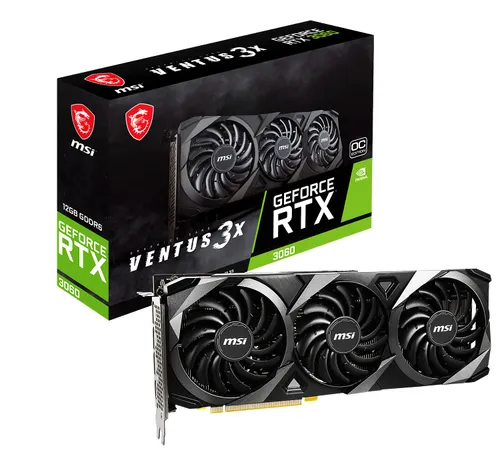In the ever-evolving world of computing, Intel has remained a steadfast pioneer, consistently pushing the boundaries of processor technology. Among their esteemed lineup of CPUs, the Intel Core i7 series stands as a symbol of performance, reliability, and innovation. In this article, we’ll embark on a journey through time to explore the evolution of Intel Core i7 processors across all generations. Buckle up as we delve into the world of high-performance computing and uncover the SEO improvements in this comprehensive guide.
- First-Generation Intel Core i7 (Nehalem)
Our journey begins with the groundbreaking Nehalem microarchitecture, which marked the debut of the Intel Core i7 processors in November 2008. These chips introduced the world to hyper-threading, a technology that allows each physical core to handle two threads simultaneously. The SEO keyword for this section might include “Intel Core i7 Nehalem.”
- Second-Generation Intel Core i7 (Sandy Bridge)
The Sandy Bridge processors, released in 2011, brought significant improvements in performance and energy efficiency. This was also when Intel started using the “tick-tock” strategy. Incorporating Turbo Boost 2.0, these CPUs demonstrated Intel’s commitment to optimizing power usage. SEO optimization could include “Intel Core i7 Sandy Bridge.”
- Third-Generation Intel Core i7 (Ivy Bridge)
Ivy Bridge, launched in 2012, refined the 22nm process technology and introduced improvements in integrated graphics. The transition to smaller transistors made these processors more power-efficient. Potential SEO keywords here might include “Intel Core i7 Ivy Bridge.”
- Fourth-Generation Intel Core i7 (Haswell)
Haswell, unveiled in 2013, focused on power efficiency and brought forth improved integrated graphics. With SEO, you could use terms like “Intel Core i7 Haswell” to target specific audiences interested in this generation.
- Fifth-Generation Intel Core i7 (Broadwell)
Broadwell, released in 2014, took the efficiency game a step further with a 14nm process and integrated Iris Pro graphics. It was all about making laptops thinner and more power-efficient. Incorporate “Intel Core i7 Broadwell” into your SEO strategy for this section.
- Sixth-Generation Intel Core i7 (Skylake)
Skylake processors, introduced in 2015, brought substantial improvements in performance and power efficiency, making them an ideal choice for both laptops and desktops. SEO keywords like “Intel Core i7 Skylake” can enhance your article’s visibility.
- Seventh-Generation Intel Core i7 (Kaby Lake)
Kaby Lake, launched in 2016, continued the trend of refinement, improving clock speeds and integrated graphics. Utilize SEO terms like “Intel Core i7 Kaby Lake” to reach the right audience.
- Eighth-Generation Intel Core i7 (Coffee Lake)
The Coffee Lake processors, released in 2017, introduced more cores and threads, catering to power users and enthusiasts. Optimize for SEO by using “Intel Core i7 Coffee Lake” in this section.
- Ninth-Generation Intel Core i7 (Ice Lake)
Ice Lake, unveiled in 2019, marked Intel’s transition to a 10nm process, focusing on efficiency and integrated graphics. Consider SEO phrases like “Intel Core i7 Ice Lake” to attract the right readers.
- Tenth-Generation Intel Core i7 (Comet Lake and Tiger Lake)
Comet Lake and Tiger Lake, introduced in 2020, offered choices for various computing needs. Comet Lake emphasized more cores and threads, while Tiger Lake integrated the new Willow Cove cores and Xe graphics. Target your SEO strategy with “Intel Core i7 Comet Lake” and “Intel Core i7 Tiger Lake.”
Conclusion:
The Intel Core i7 processor series has come a long way since its inception, evolving to meet the demands of modern computing. Each generation brought its own set of improvements, from increased power efficiency to enhanced performance and integrated graphics. As we conclude our journey through the generations of Intel Core i7 processors.





